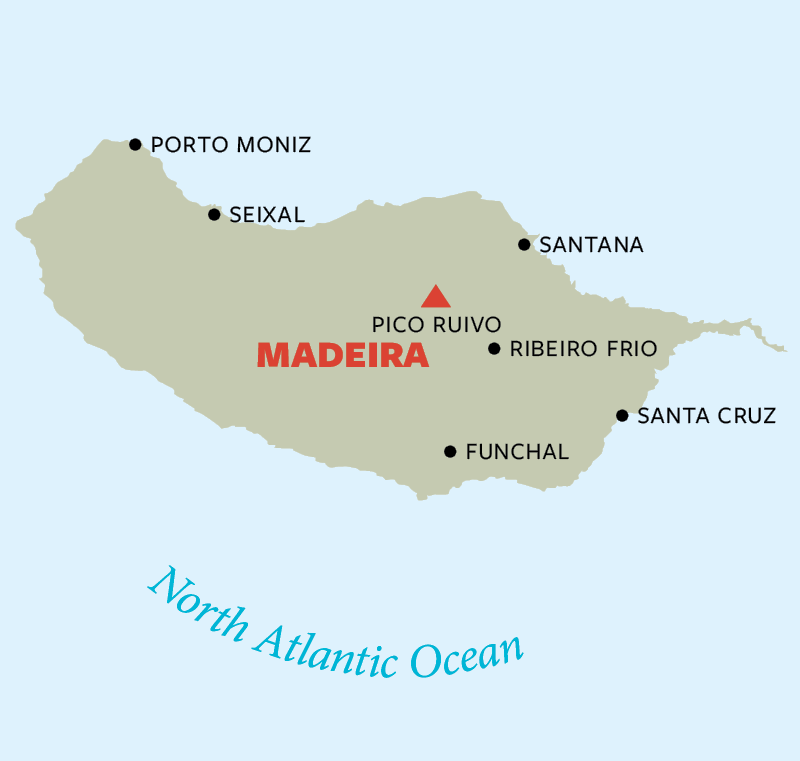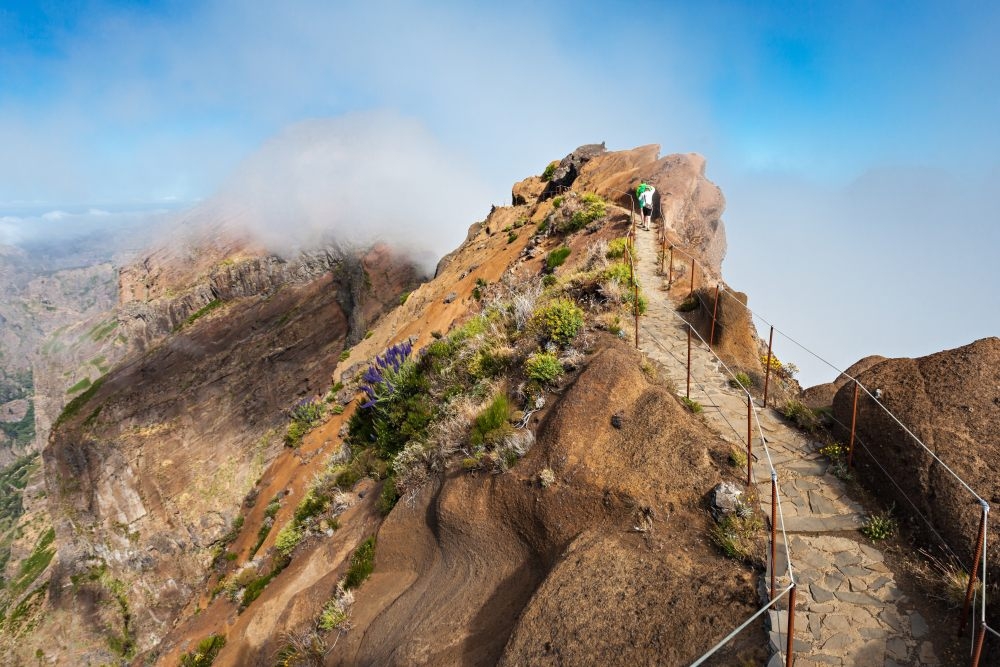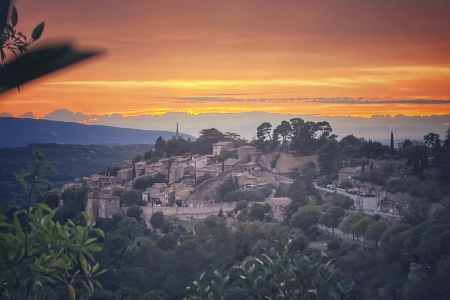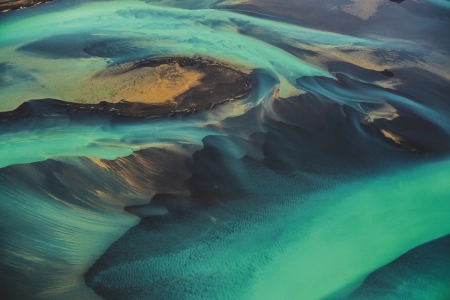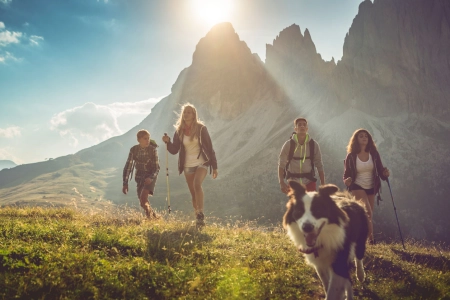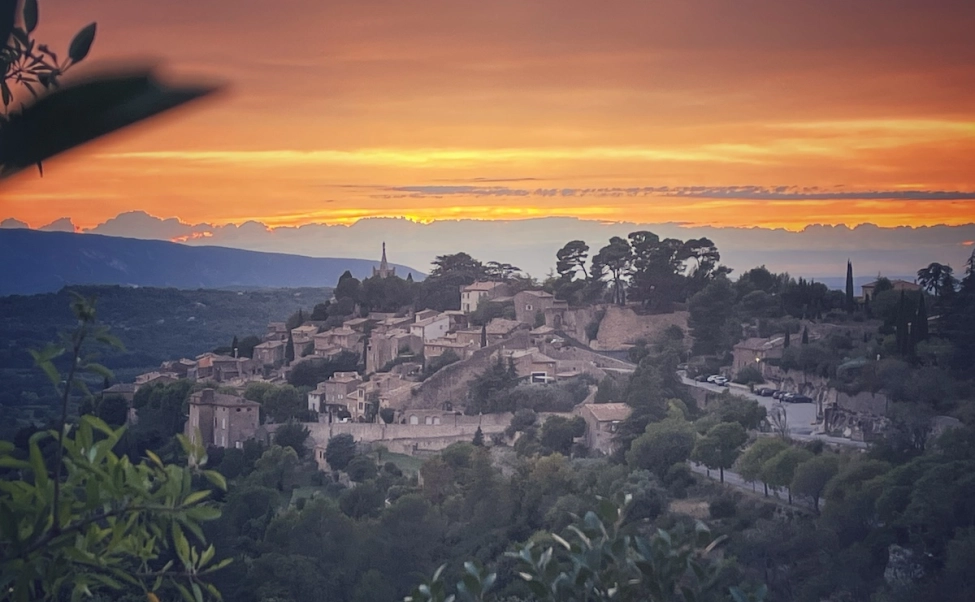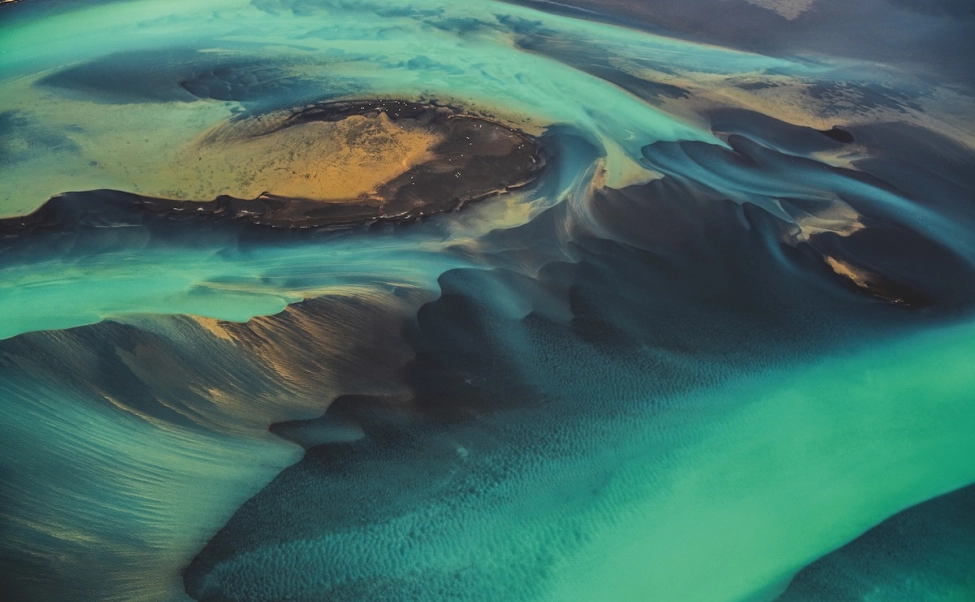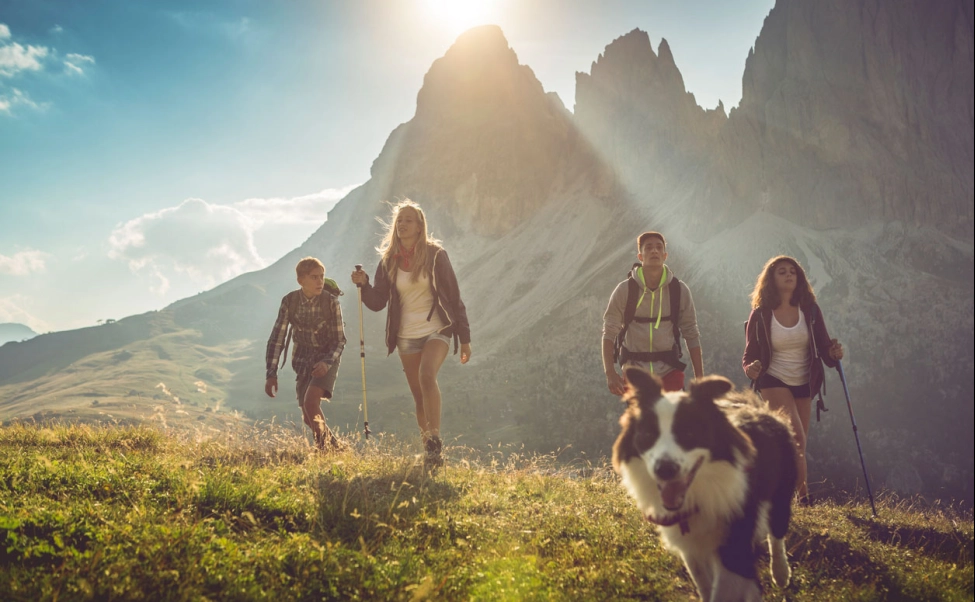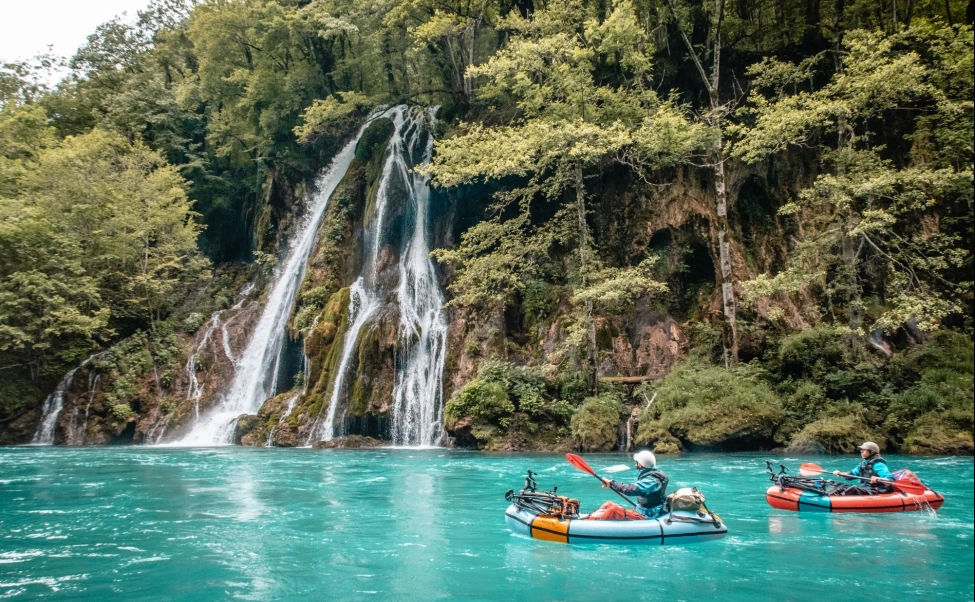- Details
- Written by: Roger Fulton
Curral das Freiras. It means the Valley of the Nuns, and it looks a tranquil spot, nestling in the deep valley below our viewpoint. Steep mountains on all sides mean it’s almost completely invisible from the outside. It’s the perfect spot to hide if you’re fleeing from marauding pirates and dastardly corsairs…
And that, says my guide Geronimo, is just how Curral das Freiras came into being. Back in the 16th century, Madeira was frequently attacked by pirates. In 1566, nuns at the Santa Clara convent in Funchal got wind of an impending raid and fled into the island’s deeply lush interior, carrying with themall of the convent’s treasures.
This stunning natural depression in the centre of Madeira was inhabited by just a few shepherds and made the perfect place for the nuns to find sanctuary and avoid their treasure - and, rather more importantly, themselves - falling into the rapacious clutches of the pirate horde.
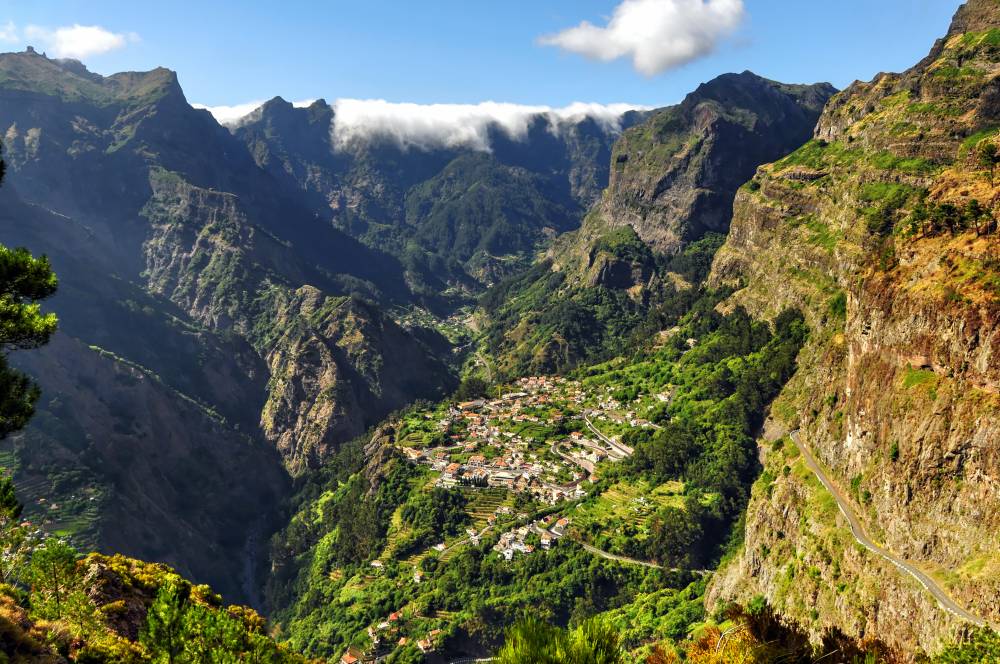
Today, red roofs glow in the afternoon sun and Curral das Freiras is an altogether more tranquil spot. Famous for its chestnut festival, nowadays it’s tourists who descend to this picturesque Madeiran village.
Our view of Curral das Frieras comes near the end of our first big island walk – an eight mile hike from Encumeada to Boca da Corrida that takes in some spectacular views of forest and mountain scenery that are a far cry from the touristy hotels, bars and restaurants that cluster together along the capital city of Funchal’s coastal strip.
Like Tenerife or Malta, Madeira is an island partly devoted to flop and drop holidaymakers looking for a warm sun lounger and a cool pool, but increasingly being discovered by walkers and activity junkies who are drawn to explore its incredibly beautiful scenery.
Choose from lush laurisilva forests, dramatic coastal paths gouged out of steep cliffs, a treeless volcanic peninsula, narrow mountain paths that trace the contours to and from high peaks or the island’s iconic levadas – centuries-old irrigation canals that carry water around its four corners. In short, Madeira has some of the best walks in Europe.
Stairway to heaven
It also has some of the steepest! Such as a section of PR1, the four mile hike from the ‘Golf Ball’ radar station at Pico do Arieiro at 1,818m to the island’s highest point at Pico Ruivo. The summit is just 44 metres higher but includes clambering up a series of metal ladders that would not be out of place on a via ferrata as well as very steep steps wedged into the mountainside. Even our guide is happy to pause for air on this so-called stairway to heaven, and the reward for breath-sapping vertical climbs are 360° views around Madeira.
As we begin this four-hour walk across the mountainous middle of Madeira, photogenic early-morning clouds reached in and tickle the high peaks with wispy fingers. Setting off along an undulating high ridge, we’re happy to clutch the guardrail on several narrow stretches. Much of this section is paved, and it’s astonishing that labourers and craftsmen actually carried in the materials to lay the trail we now tread.
The path to Pico Ruivo rises and falls, winding along and around the sheer rock faces, in places just a metre wide. Although there is a safety rail when you need it most, the drops are steep and you cannot see the bottom. The changing colours of the volcanic rock layers are astonishing - rich terracotta oranges and browns, deep reds and purples, lighter yellows and sandy shades - and the landscape itself varies from vegetation-rich to bare rock. Occasionally we pass through head-high tunnels, hand-hewn through the mountains, but the walking is never arduous until we reached the uphill ladders.
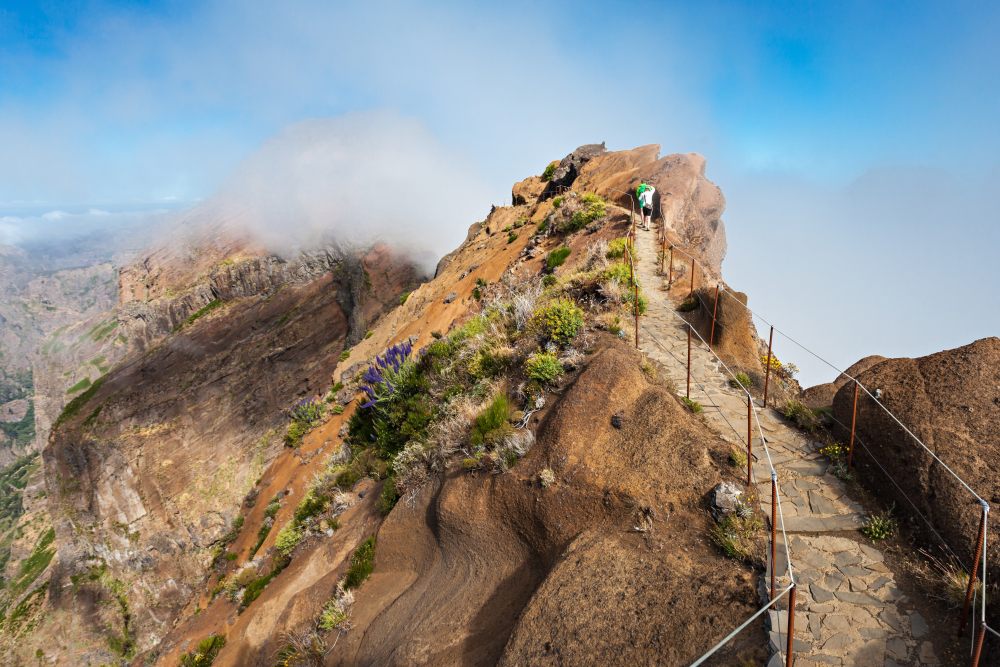
After a short rest – surrounded by many other breath-catching walkers - we’re off again for another undulating stretch, including one section where we are overlooked by a stark canopy of dead white trees. Views stretch down into deep green valleys or up to lava gullies and the always impressive coloured strata.
We rest at a perfectly-sited refuge before our ‘summit assault’ – a 20 minute final climb to the top of Pico Ruivo, where we eat our sandwiches, take endless photos and drink in staggering views over all parts of the island.
Going down, the path winds past more shelters. These small roofed refuges offer the weary or the time-rich a place to sit, picnic or gain respite from the sun.
You can do the walk as an all-day out-and-back trek, or like us, arrange to be picked up and taken to the nearest bar for a cold Coral beer and a shot of poncha – an intoxicating potion of sugar-cane rum, honey and lemon, that, our guide insists, has to be experienced in its homebrewed state in a humble island bar.
Cool on the coast
Suitably refreshed and a few grams of sugar sweeter, we drive off to squeeze in a short coastal walk near the village of Sâo Jorge on the wilder north side of the island. Here the coastline is rugged and altogether cooler, windier and cloudier than the south, where Funchal is home to most of the island’s population and nearly all the tourist hotels, including the famous Reeds Hotel, a favourite of Winston Churchill, who came to Madeira often to paint.
There are no golden sands on Madeira – for that you have to take the ferry to its small neighbouring island of Porto Santo – but the island’s wild, mountainous interior of rainforests and high peaks, crinkly northern coastline and all year-round temperate climate makes it a wonderful place for walkers to explore.
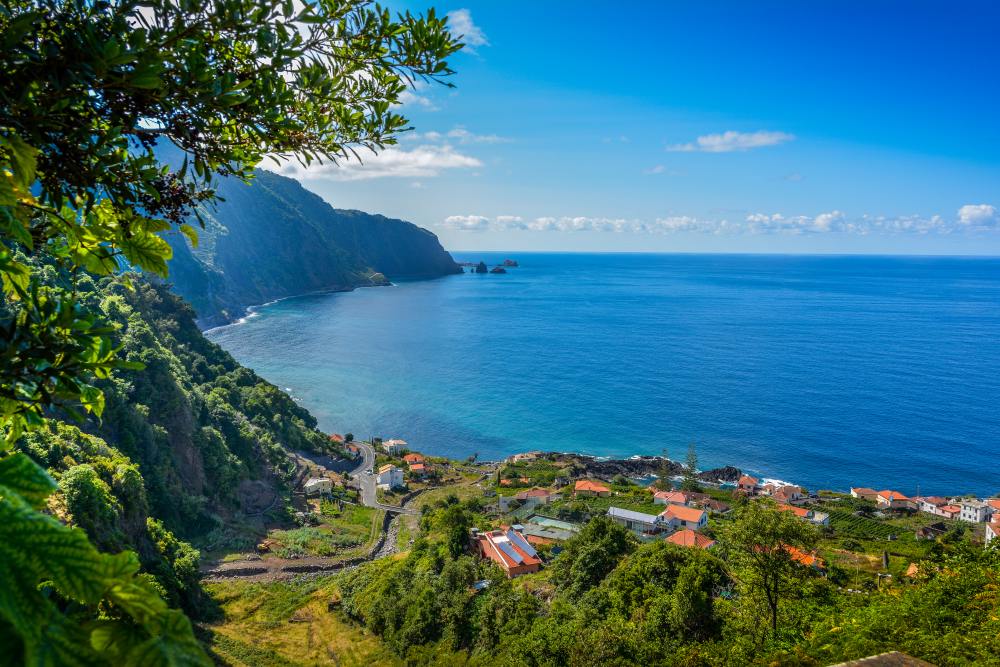
Our first proper walk is along the PR12, an eight mile route between the viewpoints of Boca da Encumeada and Boca da Corrida. The waterways that cut through the mountains along this trail sustain abundant vegetation - laurels, Madeira mahogany and lily-of-the-valley trees. Also the now-ubiquitous eucalyptus, which has displaced native species more efficiently than pirates ever could have.
It seems like we are in the middle of nowhere yet we suddenly encounter civilisation in the form of stepped terraces used by farmers to grow pumpkins, beans and apples. Although this simple agricultural system has endured for centuries on the island it is slowly dying out, as today’s generation shows less appetite for remote farm work and heads for the city.
Our route as we approached the Corrida end follows an old paved ‘Royal Path’, a trail once used as a route across the island by the landed gentry who would ride on horseback while their wives reclined in hammocks carried by servants. Here we catch our first glimpse of the beautiful Valley of the Nuns before we end our trek beside a tiny mountain chapel.
Follow the water
The most famous routes in Madeira are the levada walks, routes that follow the irrigation channels that carry water around the island. Mostly these are flat walks, although sometimes you find yourself balancing on the canal’s walls as you negotiate some precipitously narrow stretches, or avoid the sharp, cold waterfalls that spring from the rocks above your head.
We couldn’t leave Madeira without ticking off one of these routes, and after poring over maps and guides we chose the six mile Levada do Rei – the King’s levada.
This levada was built at the beginning of the 20th century by order of King Carlos, and took five years to construct. In all there are 1,864 miles of waterways, and 248 miles of them are walkable. Most were built between the 15th and 19th centuries and the longest, the 62 mile Levada do Torres, runs north to south still bringing water to Funchal, and took 50 years to build.
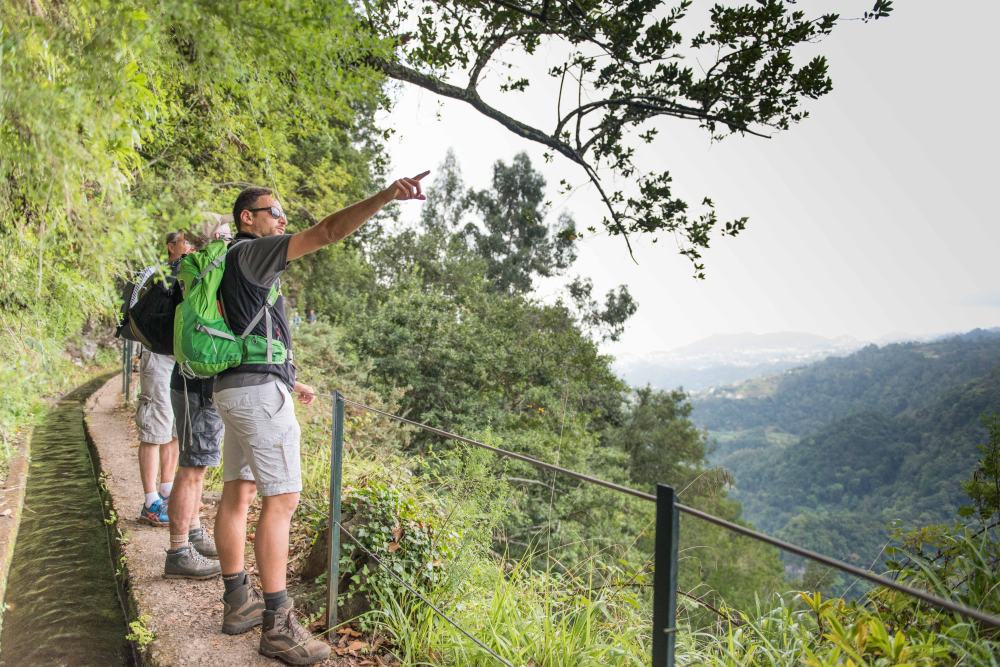
This is intensely fertile terrain, and on our canal walk we pass exotic plants and trees such as agapanthus, mimosa and my favourite – a banana/passion fruit hybrid. Through the canopy of vegetation, we get spectacular sudden views of the São Jorge and Santana farmlands.
Geronimo has a word of advice about the waterways – by all means we can drink from the cold springs that cross our path, but we shouldn’t drink from the levadas. “You don’t know where the water’s been!”.
So we head into Sâo Jorge for another Madeiran tradition - a ‘black beer’, which turns out to be a fizzy stout.
Madeira has been working hard to shrug off the misconception that it’s about as lively as a schooner of fortified Madeira wine or a slice of plain cake. It may be a favourite with package tourists, but it has adventure at its heart - from the many miles of walks that criss-cross the island to an à la carte menu of other activities on land, in the sea and in the air. And that sun-lounger will still be there at the end of the day…
Six more Madeiran adventures
CANYONING
This mix of climbing, jumping, abseiling and swimming has been on offer on Madeira since 1989. During the summer the streams on the north side are best as currents are stronger.
Best spots: Ribeiro Frio, Ribeira das Cales and Ribeira do Inferno.
CLIMBING
For classic climbs try the basalt rock found all over the island. The north side of the island’s colourful steep cliffs offer routes of rare beauty.
Best spots: Beginners should try Baia de Abra, Ponta de São Lourenço - a beautiful big bay at the heart of the Madeira natural park. Experienced climbers should head to Pico do Arieiro and the jagged Pico Cidrao, Madeira’s third-highest peak.
SURFING
The so-called Hawaii of the Atlantic has great waves - the archipelago offers superb opportunities to catch North Atlantic swells.
Best spots: The challenging waves at Jardim do Mar, Paul do Mar, Porto da Cruz and Sao Vicente.
WINDSURFING
Madeiran Olympic windsurfer Joao Rodrigues is living proof that the waters around the island are great for windsurfing. There are many schools and clubs to teach you the basics.
Best spot: The calmer seas off the south coast. Kitesurfers should head to Praia Formosa and Porto Santo.
PARAGLIDING
You won’t get better views of the island’s steep cliffs and dense vegetation than from the air, and you can take tandem flights with an instructor or go solo.
Best spots: Madalena do Mar, Porto da Cruz and Prazeres.
TOBOGGANING
OK, this one’s a bit silly, but one of Madeira’s most famous tourist activities is the downhill Monte to Funchal toboggan run. You sit in a wicker sled and steer precipitously down streets, propelled by two local guides known as carreiros.
Best spot: Take a toboggan from Nossa Senhora do Monte Church in Monte, a suburb of Funchal.
